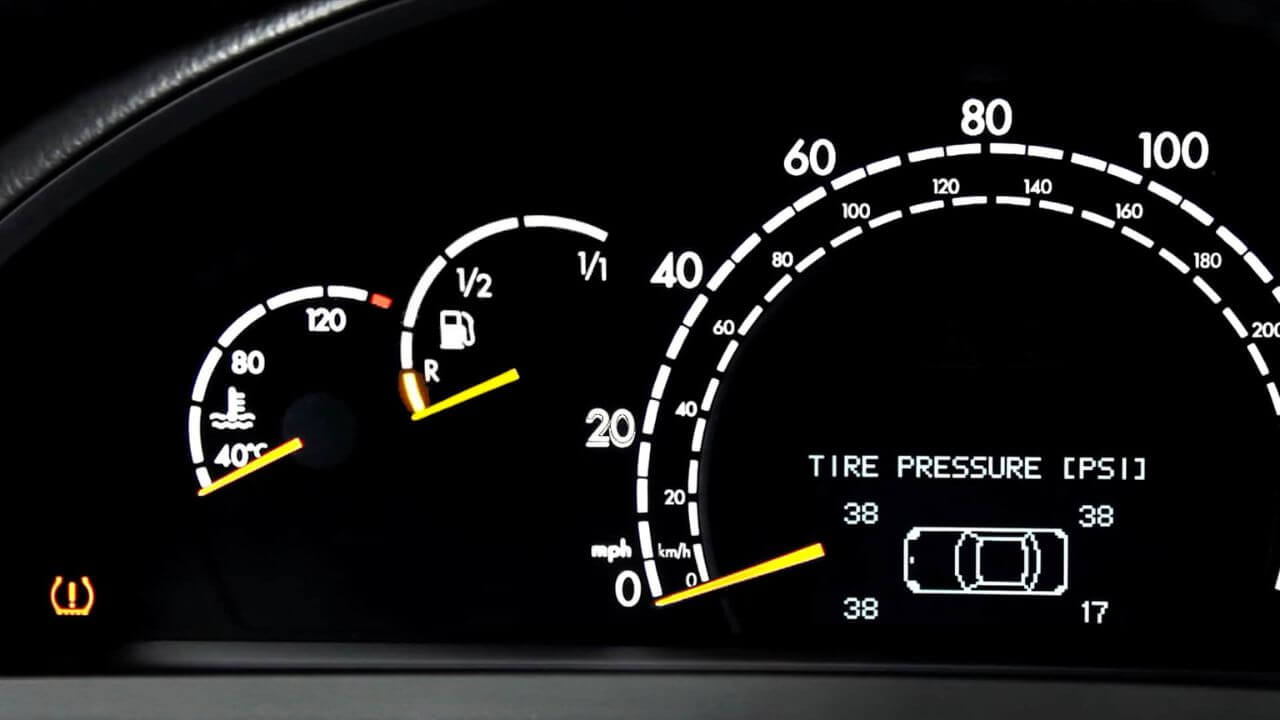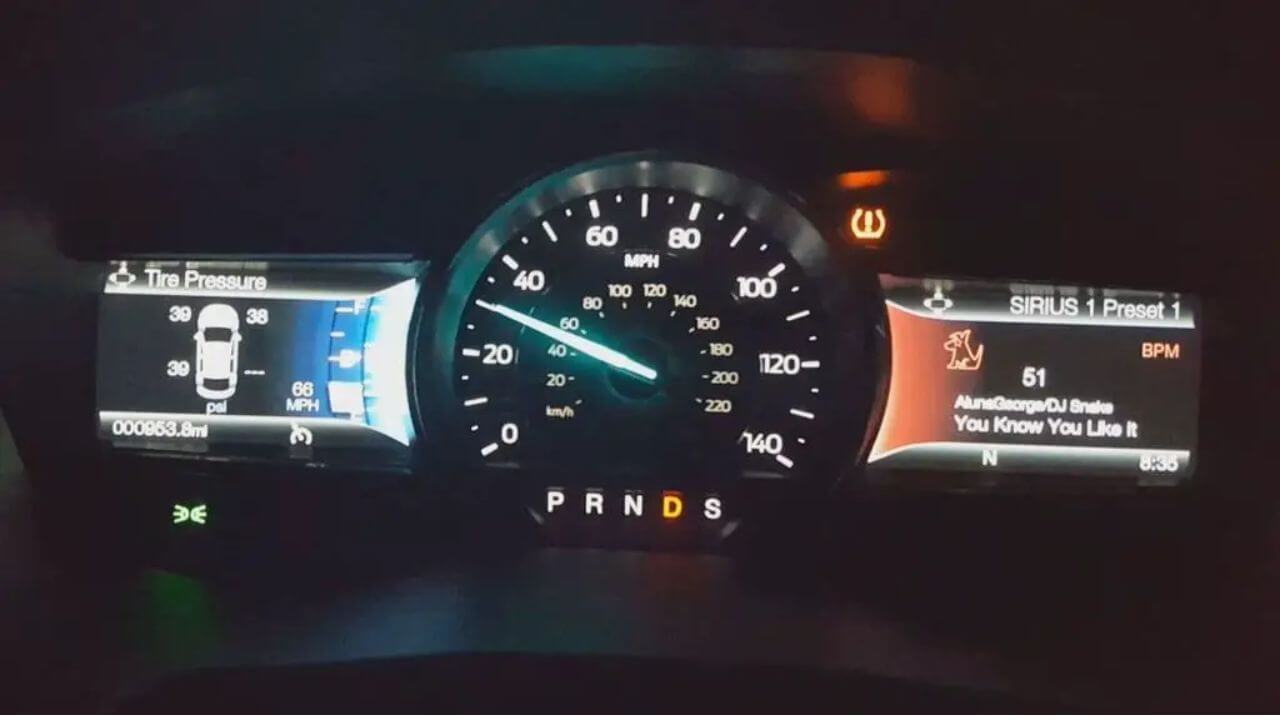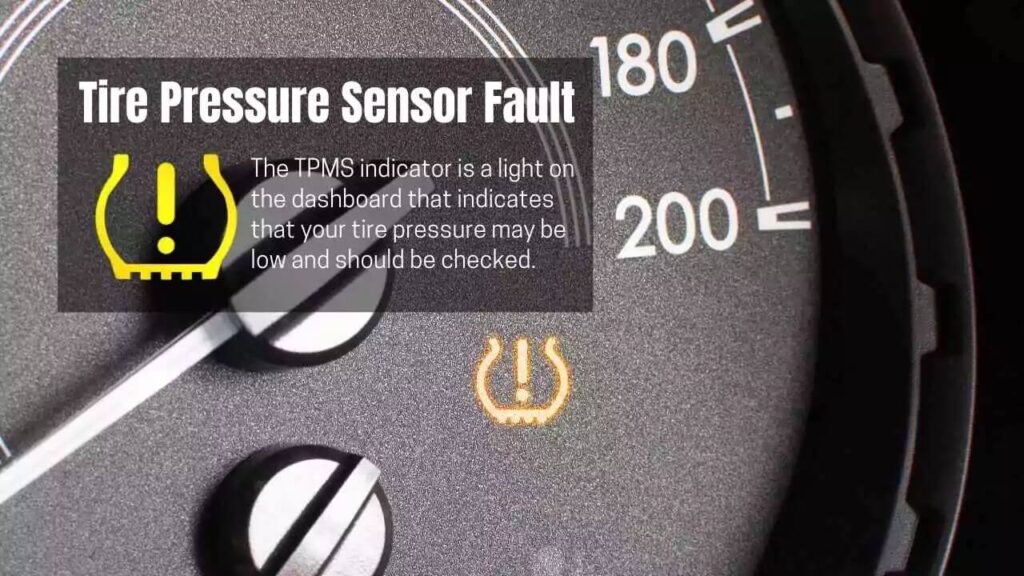Learn about tire sensor fault causes, symptoms, and effective troubleshooting tips to keep your vehicle safe. Understand how TPMS malfunctions impact tire pressure monitoring and discover expert solutions to fix sensor faults promptly for optimal driving performance.
In today’s automotive world, safety and efficiency are of paramount importance, and technologies such as the Tire Pressure Monitoring System (TPMS) play an important role in keeping drivers safe on the road. However, a tire sensor fault warning can appear on your dashboard without warning and interrupt your drive, causing you concern about your vehicle’s safety. This fault means that the system in place to monitor your tire pressure is compromised and may result in inaccurate readings or complete failure of the tire pressure sensor. Understanding the causes, effects, and solutions of tire sensor fault is critical for all drivers who care about safety, vehicle performance, and meeting legal safety standards.
What Is a Tire Sensor Fault?

Common Causes Of Tire Sensor Fault

1. Low Battery Voltage in Sensor
TPMS sensors are battery-powered devices that have an average life of 5 to 10 years. As the battery fluctuates over time, the battery’s ability to communicate accurate data breaks down, which often leads to fault warnings on the dashboard. Since the sensors are sealed inside the tire, battery replacement demands sensor replacement, which can be costly but is essential to maintaining system integrity.
2. Physical Damage to Sensors
Tire sensors may be damaged during routine tire maintenance or by road debris that strikes the tires or is affected by harsh environmental conditions such as extreme temperatures. Damage to the sensor can cause it to malfunction and provide inaccurate pressure readings or even fail entirely. Sensors attached to valve stems are especially susceptible to corrosion from exposure to moisture, salt, and chemicals, which also puts their lifespan at risk.
3. Wiring and Communications Errors
Faulty wiring or poor connections between the sensors and the vehicle’s control unit can result in communication disruptions. Such electrical issues produce incomplete or inaccurate transmission of data, and cause sensor fault warnings. In addition, software bugs in the vehicle’s TPMS control module can trigger malfunctions that have to be resolved by resetting the system or updating the software.
4. Sensor Age and Wear
As sensors grow old, the components inside them become unreliable, so it is common to experience an intermittent fault, or failure to send pressure data. The aging process may cause delays in the communication signals or errors in the system. Regular inspection and timely replacement of sensors in old vehicles is important preventive steps.
5. Improper Tyre Maintenance
Tire replacement, rotation, or repair without proper TPMS recalibration is a common cause of confusion in the system which causes it to signal faults. Ensuring that the sensors are properly reset after maintenance is important to maintaining the accuracy and functionality of the TPMS.
How Tire Sensor Faults Affect Vehicle Safety and Performance
A functioning TPMS is more than a convenience – it’s a vital safety feature. When there is a tire sensor fault it impedes the ability of the vehicle to monitor the tire inflation accurately. Consequently, drivers are not alerted to underinflated tires, making blowouts, loss of control and accidents more likely to happen. Besides safety issues, underinflated tires with unnoticed pressure loss have a negative impact on fuel consumption and increase the rate of uneven tire wear, which adds to the cost of maintenance.
Experts in automotive safety underline the importance of maintaining the TPMS: “A well maintained TPMS is very important for preventing tire related accidents and ensuring the best performance of your vehicle”, says Dr. Emily Harper, an automotive safety researcher. Her studies show that vehicles with malfunctioning TPMS are much more likely to end up with a tire failure during long-distance and high-speed driving.
Troubleshooting And Fixing Tire Sensor Faults
Addressing a tire sensor fault as soon as possible is critical to ensure continued safety and vehicle performance. The following steps are a methodical approach to troubleshooting and repair:
Step 1: Manually Check the Tire Pressure
Before assuming that the sensors have failed, check tire pressures manually with a good gauge. Sometimes, erroneous or uneven pressure can cause false sensor warnings. Making certain the tire pressures are to the manufacturer specs can resolve the issue at once.
Step 2: Reset the TPMS System
Many vehicles have a reset function to recalibrate the system after correction of pressures. This typically consists of starting the engine on, but not starting, the vehicle, pressing the TPMS reset button and driving away for a short while. Consult the vehicle’s manual, since the process may differ by model.
Step 3: Look for Sensor Damage
Physical inspection of valve stems and tires for visible damage is very important. Damage from tire changes or impacts can affect how well the sensors work. Corrosion on metal parts can also be cleaned or sensor needs to be replaced in order to get back to normal operations.
Step 4: Replace Dead/Failing Sensors
Since TPMS sensor batteries are not replaceable, full sensor replacement is required in the event of battery failure. A mechanic or tire expert may be able to use diagnostic tools such as OBD-II scanners to diagnose failing sensors and replace them.
Step 5: Deal with the Wiring and Software Issues
A professional diagnostic will be able to identify wiring problems or control unit problems. Software updates or repairs may need to be done to fix glitches or system errors.
cutting-edge Research and Innovations
Recent academic research has focused on improving the accuracy of sensor fault detection and to develop robust vehicle stability controls in the presence of tire faults. Novel algorithms and adaptive control systems are being developed to provide auto-diagnosis of sensor failures and keep the vehicle stable following tire deflation events. These technologies have the purpose of lowering the risk of a driver and enhancing the safety of the vehicle in adverse conditions
Conclusion: Prioritizing Safety by Dealing with Tire Sensor Faults
A tire sensor fault is not only a technical glitch, it means your vehicle’s safety monitoring capabilities are being limited. Given the critical role played by the TPMS in the avoidance of accidents and efficient driving, it requires immediate attention in the event of faults. From knowing common causes such as low battery, sensor damage, wiring faults, and aging, to using practical troubleshooting steps and professional diagnostics to get ahead of that tire sensor fault, getting ahead of a tire sensor fault can save lives, cut costs, and keep driving smooth.
In a world where automotive technology is ever-changing at a rapid pace, maintaining the performance of sensors is an important reminder to practice proactive vehicle maintenance. Ignoring tire sensor faults threatens not only the lives of the driver but all other road users, so it came to light that safety comes first.
Keeping an eagle eye on TPMS alerts and taking action makes it possible for drivers to maximize the use of technology to its fullest potential, ensuring performance and peace-of-mind on every journey.

